One of the last giants of the steam era, a Duluth, Missabe & Iron Range 2-8-8-4 “Yellowstone,” comes to life in HO scale complete with sound, smoke, and pulling power that does its prototype proud. The MTH HO scale steam locomotive features the firm’s Digital Command System (DCS) that delivers realistic sound and puffing smoke on Digital Command Control (DCC), direct-current (DC), and DCS layouts.
Prototype. Baldwin Locomotive Works delivered the first eight 2-8-8-4 simple articulated steam locomotives to the Duluth, Missabe & Iron Range RR (DM&IR) during spring 1941. The wheel arrangement was often referred to as “Yellowstone Type,” a name given by the Northern Pacific RR that pioneered its use. The DM&IR designated its first Yellowstone locomotives as class M-3.
Unlike a compound articulated locomotive where the exhaust steam is reused by a larger set of front cylinders, a simple articulated, such as a Yellowstone type, uses two high-pressure steam engines. The front engine articulates – or pivots – to allow the locomotive’s 67′-3″ wheelbase to maneuver around curves.
The DM&IR used the 6,250 hp locomotives to pull mile-long trains of iron ore jennies from Minnesota mines to Lake Superior ports. As ore traffic increased during World War II, the DM&IR received another 10 Yellowstones in 1943, designated class M-4.
The 2-8-8-4s worked into the 1960s. Three survive as display locomotives.
The model. Visually the class M-3 and M-4 locomotives were virtually identical. The locomotives could also be equipped with either a rectangular Worthington or cylindrical Elesco feedwater heater on the smokebox in front of the stack. On the MTH models, the M-3 locomotives have the former, while the M-4 road numbers have the latter.
Our review sample, class M-4 no. 232, is within scale inches of prototype drawings published in The Model Railroader Cyclopedia: Vol. 1, Steam Locomotives (Kalmbach Publishing Co.). The rear Proto-Coupler on the tender is noticeably oversize. However, a Kadee no. 158 scale coupler is included for those who wish to replace it.
The die-cast metal locomotive and tender feature well-defined cast-in detail, such as boiler bands, steps, and rivets. There are many separate metal detail parts, including wire handrails, throttle linkage, and air piping. The bell, whistle, and safety valves are plated metal.
A look inside the spacious all-weather cab reveals an accurately detailed backhead with painted gauges, painted interior walls, and painted engineer and fireman figures. A rooftop vent can be slid into the open or closed position.
The tender is also well detailed with separate ladders, handrails, and the prototype’s distinctive plated bell on the deck. The coal load consists of separate chunks that are about twice as large as they should be for HO scale.
The model’s paint is smoothly applied, including the prototypical blue-gray “Russia Iron” finish on the boiler. The silver lettering is straight and evenly applied and the round Baldwin builder’s plates are legible under magnification.
Mechanism. Like its prototype, the MTH 2-8-8-4 has two four-axle engines on an articulated frame. A can motor inside the locomotive transfers power to two gearboxes, one each mounted on the third axles of the front and rear engines. The siderods power the other drivers. Coupled with the heft of the die-cast metal locomotive and a set of vinyl traction tires, the HO scale model can pull a prototypically long train.
On the prototype locomotive, the rear engine would be fixed and the front engine would pivot. On the model, the rear engine also pivots, which allows the engine to negotiate curves as tight as a 22″ radius. On curves and through turnouts, the Yellowstone had reliable track power pickup without any stalling, stuttering sounds, or flickering lights.
I especially like the MTH wireless tether between the locomotive and tender. Two pegs fit into two holes on the locomotive drawbar. There are no wiring harnesses to plug in or get hung up.
The DCS board and speaker are housed inside the tender. Removing the tender water hatch reveals knobs that adjust the sound volume and smoke system. A slide switch selects DCC or DCS mode. It’s important not to run the model in DCS mode on a DCC layout or there’s a risk of burning out the board.
DCC and DCS performance. On our DCC test track, the model accelerated from 4 scale mph in speed step 1 to a prototypical 45 scale mph top speed in speed step 28. Switching to 128 speed steps made the locomotive creep along at 1 scale mph in speed step 1.
The DCS system supports many DCC configuration variables (CVs), including 18 preset speed tables as well as user-loadable speed tables. I easily added momentum and changed the long address.
All of the sound effects played clearly without distortion. Although I could adjust the overall volume with the DCC throttle, I couldn’t adjust individual effect volume levels.
There are 28 user-triggered functions, including the bell, a deep steamboat-style whistle, and whistle signals. Pressing F4 starts a four-part crew dialog and sound effect sequence. Other functions change the character of the exhaust chuffs to a locomotive working hard or quietly drifting. Another key let me adjust the smoke volume. All of the functions can be remapped to any throttle key.
Overall the chuffs capture the character of a simple articulated steamer by simulating the front and rear engines going in and out of synch with each other.
The headlight and backup light are directional; in reverse, the headlight dims while the backup light turns on. The white class lights and red marker lights are both controlled by the same function output. For realism, I would want to turn on one or the other. For example, the markers should only be on if a locomotive is running light or at the end of the train. Unfortunately there isn’t any way to program the lighting effects.
Another function output controls the Proto-Coupler on the rear of the tender. With this feature I could open the coupler with the touch of a throttle button.
Using the DCS system, the Yellowstone started at 1 scale mph and accelerated smoothly at 1 scale mph increments to 45 scale mph. I could also adjust individual effect volume levels.
DC operation. On our DC test track, the locomotive’s sound, smoke, and lights turned on at 6V. Once I applied 7.5V, the locomotive started smoothly at 1 scale mph. It attained 35 scale mph at 12V, which is the limit of our standard DC speed test. Since the model is able to handle up to 24V, it reached its top speed of 45 scale mph once I maxed out our power pack at 14.5V.
The locomotive’s sound effects are limited on DC layouts. In addition to air pumps and the crew chattering, I heard the exhaust chuffs when the locomotive got underway and the brake squeal when I quickly decreased the throttle.
Exceptional pulling power, smoke, and sound enhance this accurate model of one of the last great locomotives of the steam era.
Price: $599.95, Proto-Sound 3.0 or Proto-Sound 3E+ versions (for Märklin 3-rail track)
Manufacturer
MTH Electric Trains
7020 Columbia Gateway Drive
Columbia, MD 21046
www.mthhotrains.com
Era: 1941 to early 1960s
Versions (all Duluth, Missabe & Iron Range RR): class M-3 nos. 225 and 227; class M-4 nos. 229 and 232
Features
▪▪Digital Command System with Proto-Sound 3.0
▪▪Electrical pickup on 14 drivers (with traction tire axle installed) and 10 tender wheels
▪▪Flywheel-equipped five-pole skew-wound motor
▪▪Kadee no. 158 scale knuckle coupler on pilot at correct height
▪▪Light-emitting diode headlight, backup light, class lights, and marker lights
▪▪Minimum radius: 22″
▪▪Puffing smoke unit
▪▪Remote-opening Proto-Coupler on rear of tender at correct height (User installed Kadee no. 158 knuckle coupler included)
▪▪RP-25 metal wheels, in gauge
▪▪Weight: 2 pounds, 7.7 ounces; engine alone weights 1 pound, 10.4 ounces





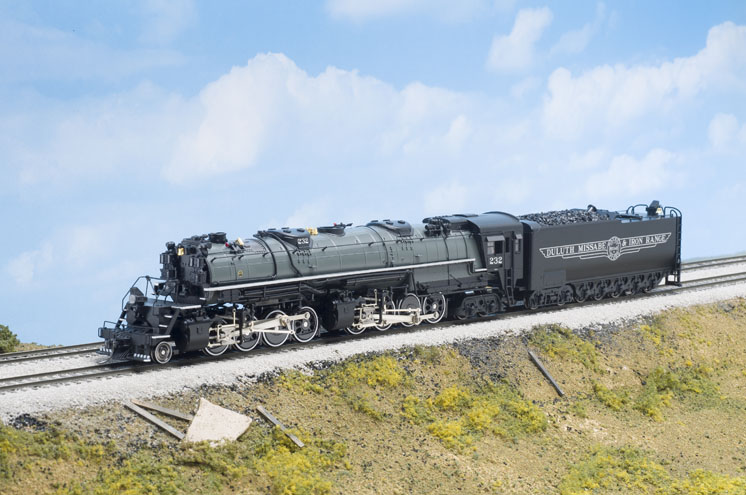
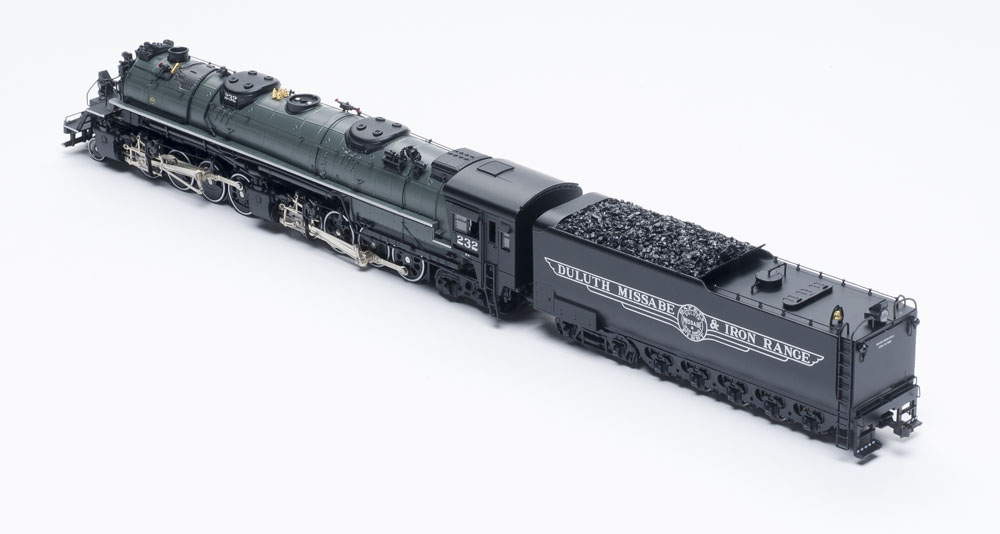
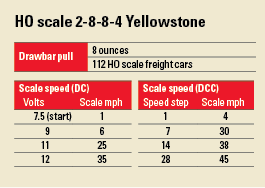

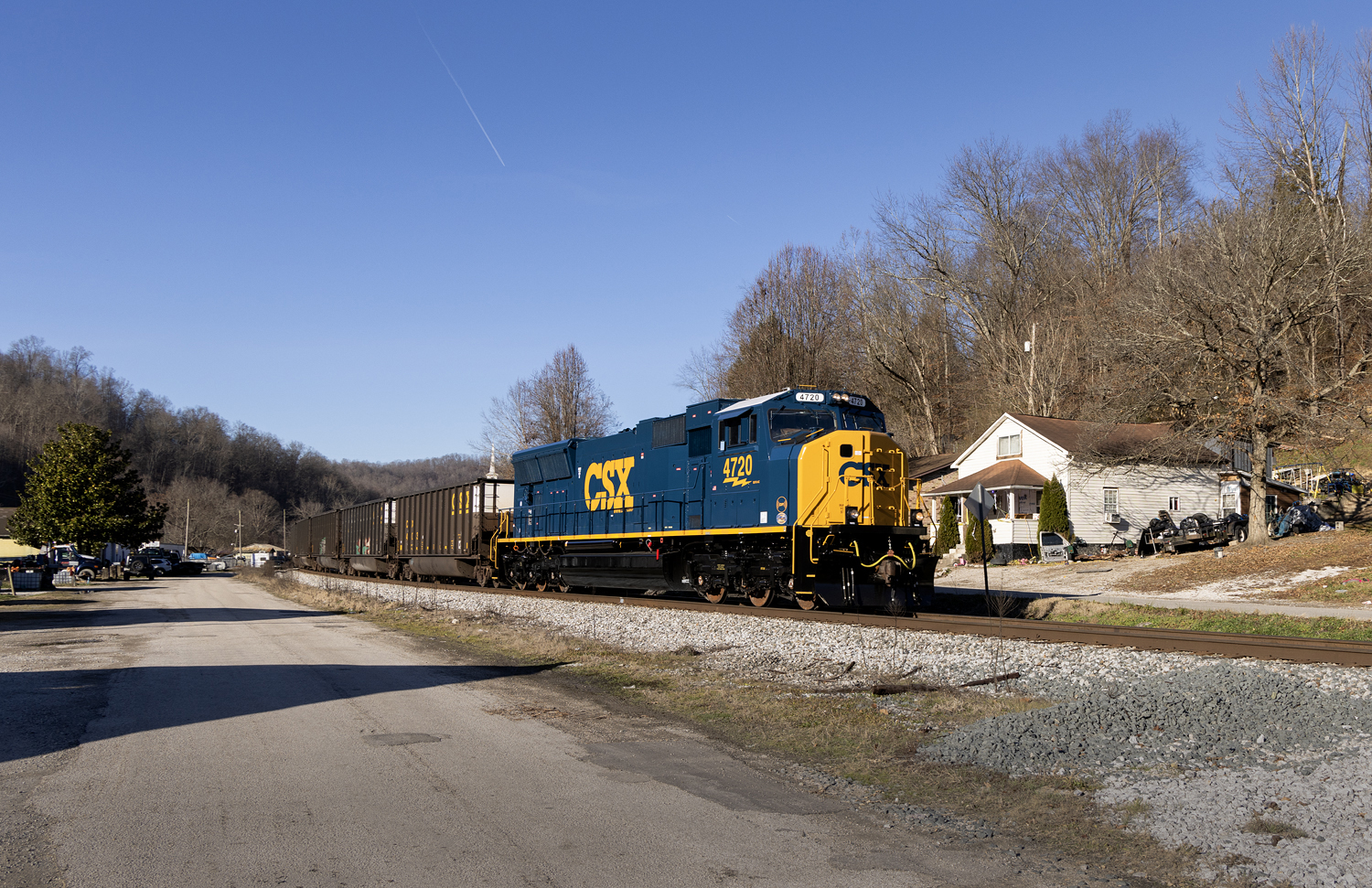
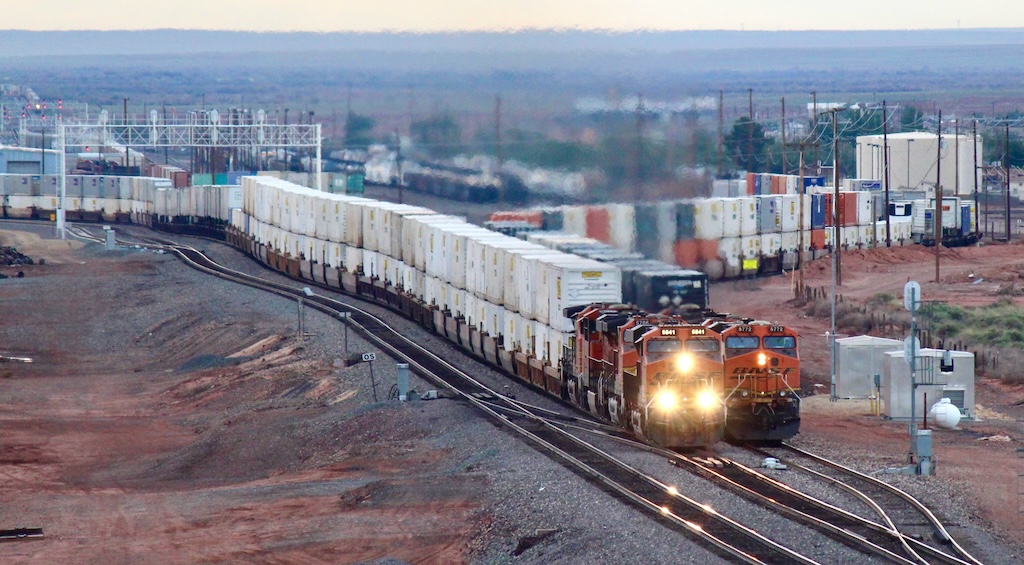

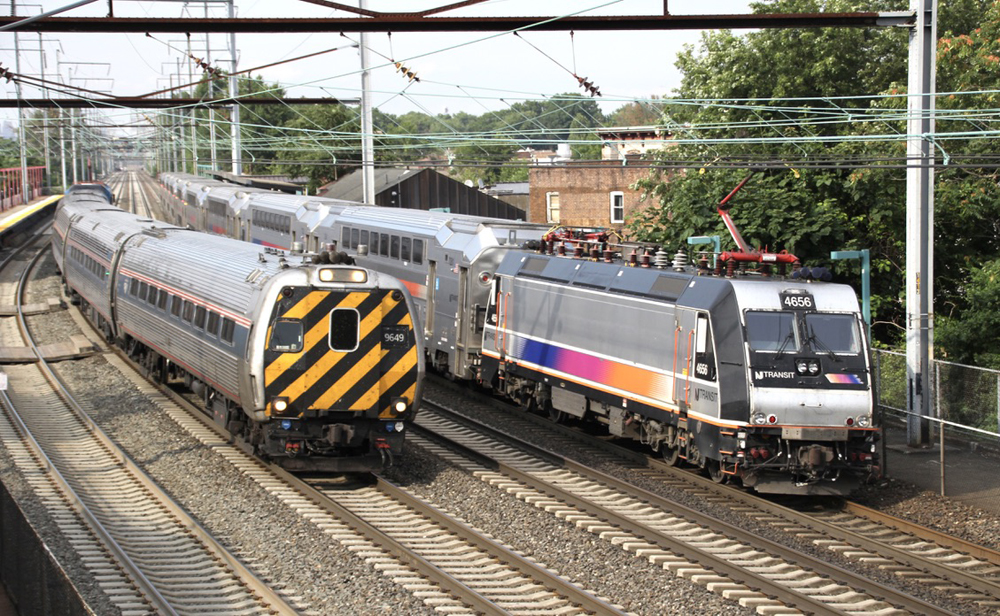




I second all of your favorable comments on this excellent model. BUT, I was examining a friend’s M-4 this evening from a distance of about 6″ and noticed something that gave me pause: The left marker light on the smoke box seems to be mounted several inches higher than the one on the right. Can this possibly be accurate?